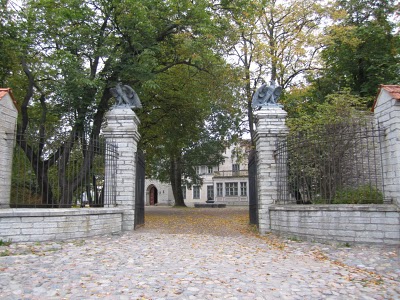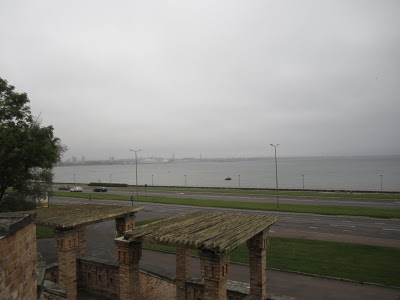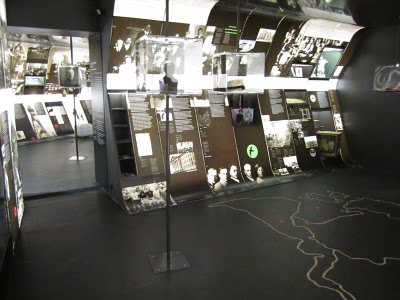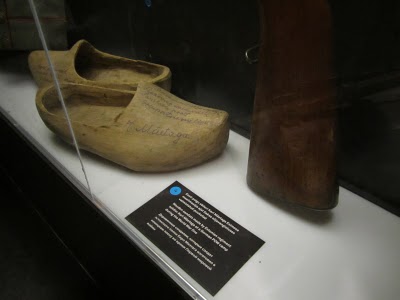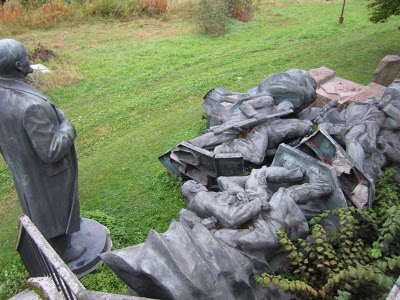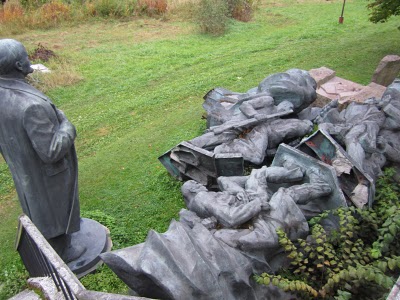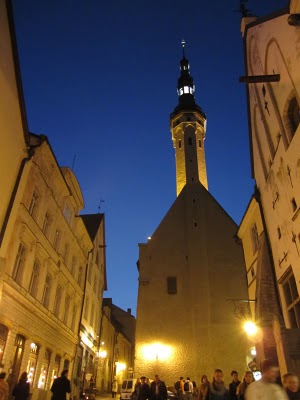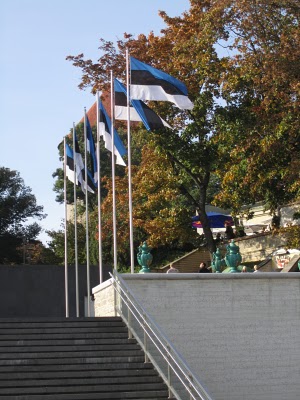From the road, there is a giant terraced staircase leading up a hill to the enormous Maarjamae Palace and estate that houses the museum.
The property is the stuff of magic. Its peaceful, calm, charming, inviting and yet has an air of mystery about it. As though you can’t be too sure what happened there or what you might find. With sweeping views of the Gulf and the leaves changing from green to yellow to burnt orange it was impossible not to be enamored with the place.
The estate changed hands many times over the years and was owned by some of the wealthiest and most established Estonian families until the Soviet occupation when the palace was turned into flats for soldiers.
While none of the captions throughout the museum were in English, the curator provided me with a small book (in English) to compliment the displays. I was really impressed with the presentation of material – it was eye catching, informative, concise and really well displayed.
There were some fascinating artifacts, like hats worn as part of University uniforms during the German occupation in the 1940’s that students altered to have the national colors of Estonia (several students were executed as a result), drawings on birch-bark by a 10-year old child in a work camp in Siberia and a pair of hand carved wooden shoes from an inmate of the same camp.
Around the side of the museum was a low fence (the owner of my hostel told me simply to ignore it) so I hopped over and was rewarded with what I would call a graveyard of sorts. In heaps and random piles, simply thrown down and forgotten, were all of the soviet era monuments and statues that had adorned Old Town.
Unfortunately, my camera battery was about dead so I was only able to manage a few photos. I wondered why they kept them at all because clearly they didn’t care about them – judging from how they were strewn about – but they also didn’t want to showcase them – considering they were behind the museum’s fenced backyard.
I wish that I had had more time to walk around the grounds, but I had to get back into town to catch my ferry back to Helsinki.


